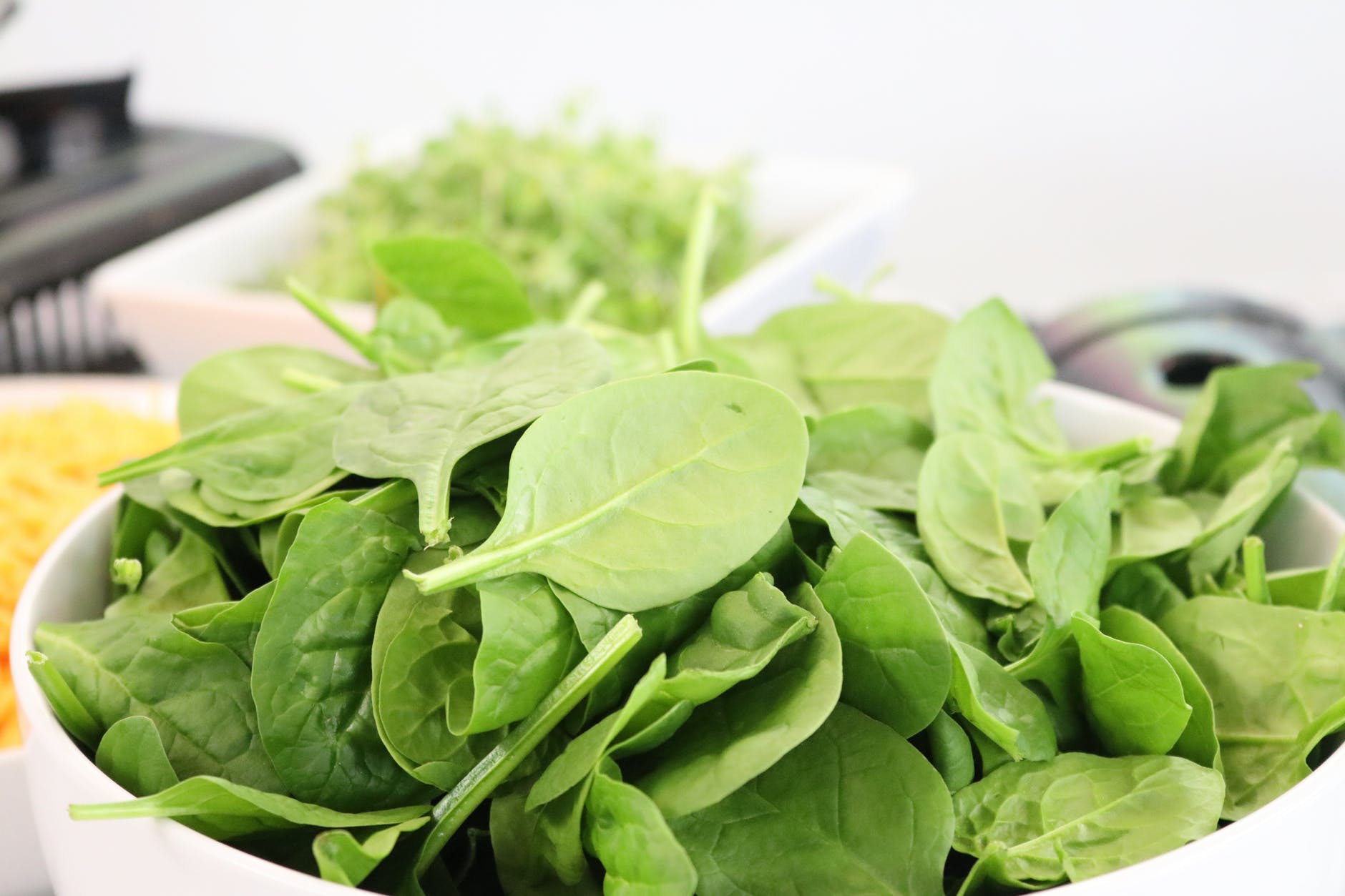
As I recall from my childhood, my very first salad was not a very healthy salad. Smothered in Ranch dressing, croutons and bacon bits, it would appeal to most 8 year olds (like myself). Both my sister and I agreed to eat broccoli and cauliflower at dinner time, but only under these conditions. Who wouldn’t love the creaminess of a thick, creamy dressing topped with crunchy bites of savory toppings? The only purpose of the veggies was to transport all of this deliciousness from the dinner table to your mouth.
It’s still very common to see salads with more toppings than veggies. Most salad bars offer a plethora of cheese, crackers, nuts, seeds, hummus, dressings and other options to create that perfect bowl of flavor and texture. And while each of these foods alone can be very nutritious, combined in excess, they can lead to a very high calorie meal.
The solution? Build a healthy salad, the smart way. Keep in mind that moderation is key. Prioritize your greens and select toppings that are rich in nutrients and protein. Follow these easy steps to create an irresistible salad that will please anyone–even the most selective 8 year old!
Choose Your Base
Start by layering your bowl (or plate if you’re a plate person!) with leafy greens. I prefer spinach, as it is more nutrient dense than iceberg lettuce. Spinach is rich in iron and is absorbed best when combined with foods high in vitamin C. It is also a great source of magnesium which helps support energy metabolism, the immune system and aids in maintaining a healthy blood pressure. Iceberg, the traditional lettuce of my childhood salads is primarily water. Darker greens such as spinach or kale will increase your consumption of health-enhancing vitamins and minerals.
Select Your Veggies
I try to make my salads as colorful as possible. In doing so, the veggies you choose will include a variety of textures and vitamins. My favorites include tomatoes, broccoli, cauliflower and red onion. I can’t believe it wasn’t until a few years ago that I discovered how flavorful a red onion is! Among several benefits of red onion, it is one of the best sources of quercetin. Not only does quercetin help reduce cholesterol levels, but it can reduce inflammation as well. Cauliflower and broccoli, both cruciferous vegetables, are rich in vitamin K. It’s primary role is to support clot formation while it also helps bone cells produce protein for new bone tissue. Lastly, the traditional tomato is known for its large amount lycopene. This antioxidant reduces free radicals that can damage the body’s systems.
Toss on the Toppings
This is where things tend to get dangerous. We’re easily overwhelmed with options including Feta cheese, croutons, bacon bits, sesame seeds and those delicious parmesan crisps that all compete for our attention and a spot in our bowl. While I love some flavorful Feta, stick with one (if any) cheese along with something crunchy to satisfy your texture cravings. A great alternative to the traditional, high carb crouton are Shrewd Food Parmesan Croutons. Each serving has just 60 calories and an entire 10 grams of protein. By upping the protein content in your salad, you’ll increase feelings of fullness and decrease the likelihood of dealing with that afternoon sweet tooth.

Dress it Up
If you’ve stayed with me up until now, you’re well on your way to creating an amazingly delicious, beautiful and healthy salad! When it comes time to dress your salad, think outside of the bowl! Most dressings are high in sugar and trans fat. Unless you can manage to limit yourself to the serving of just 2 tablespoons, there are better options. Are you a fan of salsa? Mustard? Either of these are great additions to your salad and can be a comparable replacement for dressing. I like to create my own dressing, combining equal parts olive oil and apple cider vinegar, along with some herbs.
Now that your salad is ready to be built, I’m going to wrap up this article with a joke from my 7 year old stepson. Because you should never take your salad too seriously.
Why did the tomato blush?
Because it saw the salad dressing!


